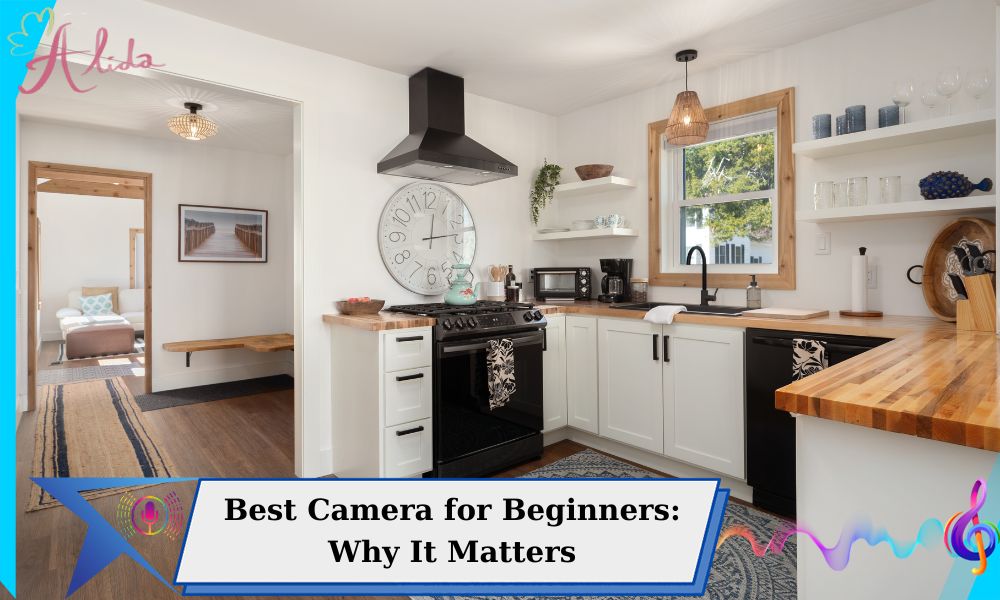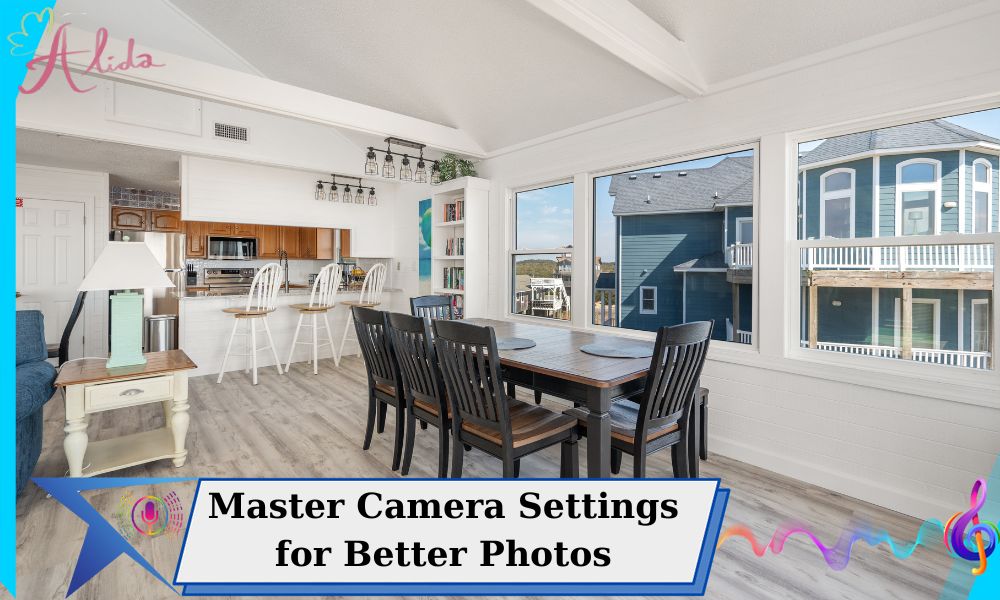Whether you are a professional photographer, an aspiring beginner, or simply a photography enthusiast, understanding camera settings is crucial to capturing high-quality images. Camera settings allow you to control exposure, sharpness, and color accuracy, ultimately improving the overall quality of your photographs. Mastering these settings provides creative control, helping photographers achieve specific visual effects and adapt to different lighting conditions.
Basic Camera Settings
1. Aperture
Aperture refers to the opening in the camera lens that regulates the amount of light entering the sensor. It is measured in f-stops (e.g., f/1.8, f/5.6, f/11). A wider aperture (lower f-stop) allows more light and creates a shallow depth of field, ideal for portrait photography. A narrower aperture (higher f-stop) lets in less light and increases depth of field, making it suitable for landscape shots where sharpness throughout the scene is desired.
2. Shutter Speed
Shutter speed controls the duration for which the camera sensor is exposed to light. It is measured in fractions of a second (e.g., 1/1000s, 1/60s, 1s). A fast shutter speed (e.g., 1/1000s) freezes motion, making it ideal for sports and wildlife photography. A slow shutter speed (e.g., 1s) allows for motion blur, useful for capturing light trails or smooth water effects in long-exposure photography.
3. ISO Sensitivity
ISO measures the camera sensor’s sensitivity to light. A low ISO (e.g., 100-200) produces high-quality, noise-free images in bright conditions. A high ISO (e.g., 1600-3200) allows for better performance in low-light environments but can introduce digital noise. Balancing ISO with aperture and shutter speed ensures optimal image quality.
4. White Balance (WB)
White balance corrects color casts in different lighting conditions to ensure accurate color representation. Cameras offer preset WB modes such as Auto, Daylight, Cloudy, Tungsten, and Fluorescent. While Auto WB works well in many situations, manual adjustment ensures precise color correction in challenging lighting environments.
Essential Camera Shooting Modes
1. Manual Mode (M)
Manual mode gives complete control over aperture, shutter speed, and ISO. This mode is beneficial for photographers who want to fine-tune settings for creative effects or challenging lighting conditions.
2. Aperture Priority Mode (A/Av)
Aperture priority mode enables photographers to choose the aperture, while the camera automatically determines the appropriate shutter speed. This mode is perfect for portrait, macro, and landscape photography, where depth of field control is essential.
3. Shutter Priority Mode (S/Tv)
In this mode, photographers set the shutter speed, and the camera adjusts the aperture accordingly. It is commonly used for sports, wildlife, and action photography, where motion control is critical.
4. Program Mode (P)
Program mode provides a balance between manual and automatic settings. The camera selects optimal exposure settings, but photographers can still adjust elements like ISO and white balance.
5. Auto Mode
Auto mode is suitable for beginners who want to capture decent images without adjusting settings. However, it offers limited creative control and may not always produce the best results in challenging lighting.
Advanced Camera Settings for Better Image Quality
1. Image Format: JPEG vs. RAW
JPEG files are compressed and ready for immediate use, while RAW files contain unprocessed data, allowing for greater flexibility in post-processing. Shooting in RAW is recommended for professional editing and high-quality prints.
2. Focusing: Autofocus vs. Manual Focus
Autofocus is convenient for most situations, but manual focus provides better precision for macro, low-light, and creative photography.
3. Metering Modes
Metering determines how the camera evaluates light in a scene. Common modes include Evaluative (balanced exposure), Spot (focus on a small area), and Center-weighted (emphasizes the center of the frame). Choosing the right mode ensures proper exposure.
4. Image Stabilization (IS/VR)
Image stabilization minimizes blurriness resulting from camera movement. It is useful for handheld shooting, especially in low-light conditions. However, it should be turned off when using a tripod to avoid unintended softening of the image.
Common Mistakes to Avoid in Camera Settings
- Relying too much on Auto Mode, which limits creative control.
- Using excessively high ISO, resulting in unwanted noise.
- Choosing the wrong aperture for the subject (e.g., too narrow for portraits, reducing subject-background separation).
- Neglecting white balance adjustments, leading to color inaccuracies.
Conclusion
Understanding and mastering camera settings is essential for taking high-quality photographs. By learning to adjust aperture, shutter speed, ISO, and white balance, photographers can achieve better exposure and creative results. Regular practice and experimentation with different camera modes and settings will enhance photography skills over time.
For professional real estate photo editing services, Alida offers high-quality enhancements to make your property images stand out. Contact us at photonews121@gmail.com for more details.








